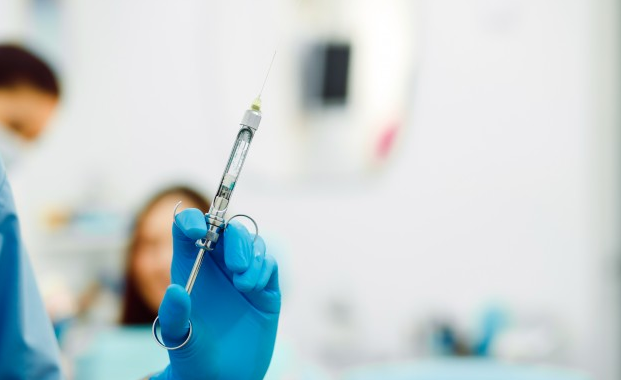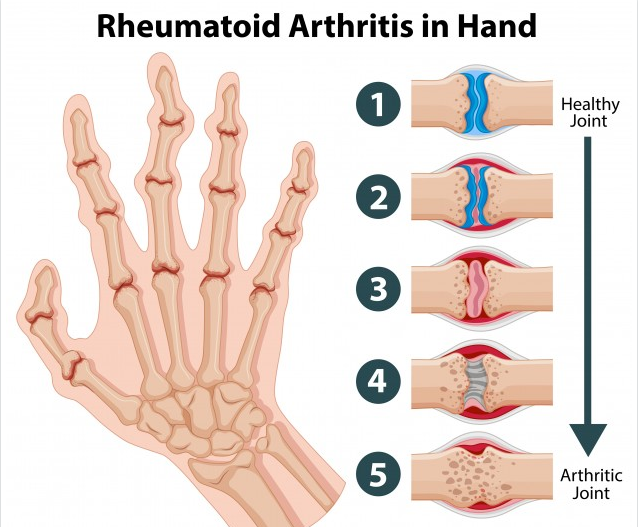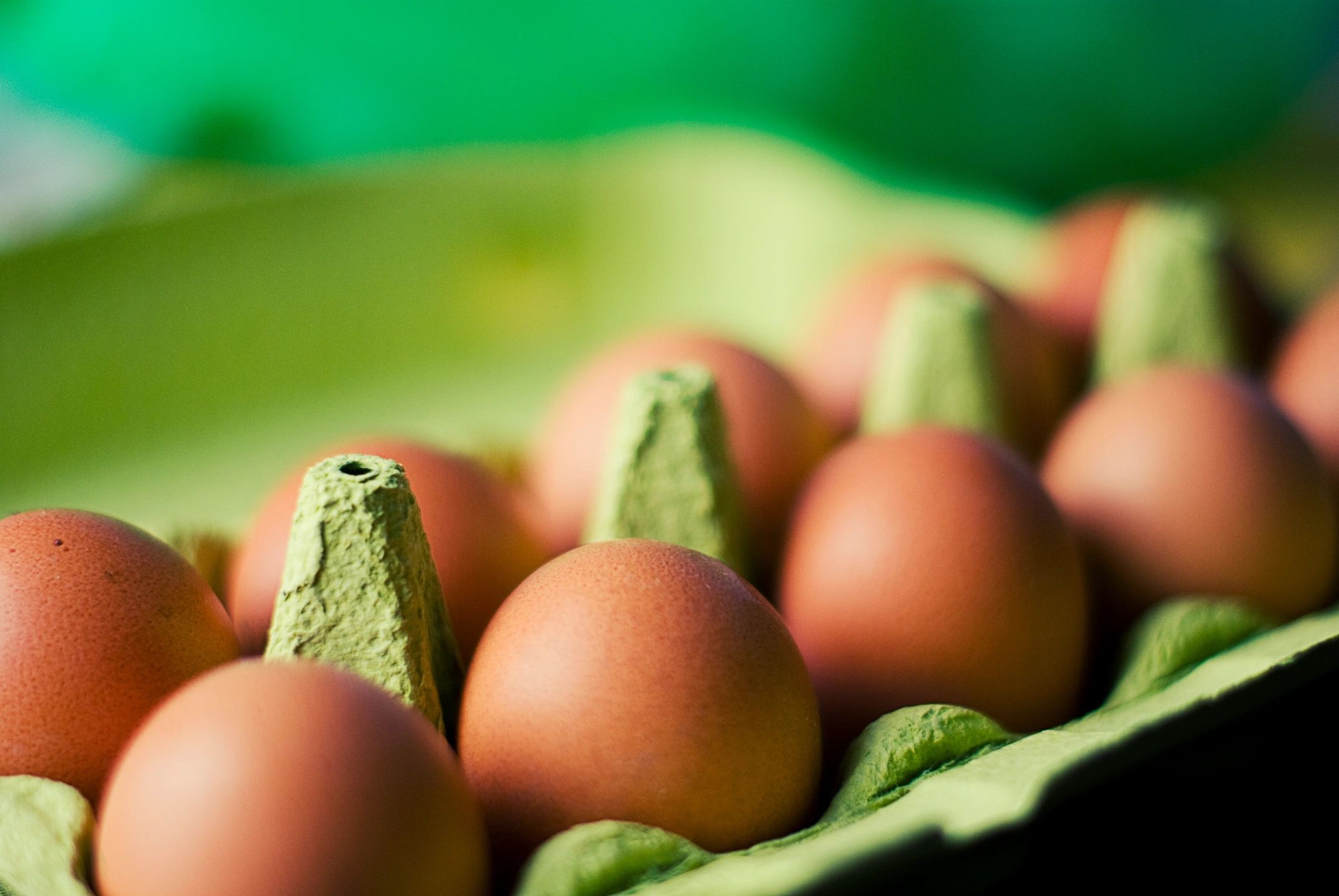
Insulin Resistance and Weight Training
Regularly weight training is part of a healthy lifestyle, but there is a relationship between weight training and insulin resistance that one must know in order to maintain health and prevent health issues. Namely caused by cortisol in response to weight training.
Cortisol is a glucocorticoid secreted by the adrenal glands naturally upon waking, eating, stress, and exercise.
It has myriad influences on the surrounding tissues and systems and its secretion is necessary under normal conditions.
Prolonged secretion can have a detrimental impact on the targeted organs, which are numerous, so for the sake of brevity the focus today is on the interaction with insulin and promoting conditions that put your health at risk.
Cortisol and Insulin Resistance
When cortisol is triggered, a chain reaction of events surrounds the metabolic needs of tissues and organ.
Cortisol functions by moving the necessary resources out of storage and onto the shelves for the shopping demands of predetermined systems.
With respect to the impact on the liver, cortisol triggers the release of amino acid release and subsequent protein breakdown to increase availability of fuel.
These aminos would normally have been reserved for muscle synthesis, but are not spared by cortisol’s signal.
Triglycerides are released into the blood as fatty acids, and fat stores are moved into the abdomen to send out the troops that will produce more cortisol.
This action by fat cells increases their size and number, breeding deep in the abdomen and rerouting blood supply to feed their frenzied breeding.
Cortisol also stimulates the release of glycogen from liver stores and pumps it into the blood raising glucose levels.
A prolonged state of these interactions contribute to the pummeling of the pancreas whose job surrounds rounding up the blood glucose through the insulin trooper and locking it back into tissues.
Unfortunately, the pancreas wasn’t designed to dictate this order for extended periods, and upon pooping out, the body’s resistance to insulin creates a sugary insubordination that is diagnosed as diabetes.
The exchange and relocating of fat cells contributes to the apple shape of the abdomen associated with poor health, and the increase in body fat furthers the progression of diabetes and eventual insulin dependence to replace a retired pancreas.
Diabetes is a growing disease with potentially debilitating effects on the heart, blood vessels, and kidneys sometimes leading to hemodialysis and limb amputation.
Total cortisol secretion is not conducive to normal functioning since it does play a role in anti flammatory responses of the body and during fight or flight responses.
Since insulin is a natural enemy with counteractive results, spiking your glycemic index after you train is an important practice to implement.
High carb recovery drinks typically meet the requirements to increase insulin release and reduce cortisol levels, but the goal is to reduce extended periods of secretion and is also possible through supplementation.
This is important if you are over training, or under stress that is unreceptive to mitigation.
Being aware of the impacts your lifestyle can have on your health will promote an awareness to prevent the potential.
Lifestyle Changes to Reduce Cortisol
Since coritsol is induced by stress–whether that is mental, physical, or through sleep deprivation, the best way to combat it is to reduce stress. If you’re doing more than an hour of cardio regularly–reduce it. If you are under mental stress–meditate. If you are not getting enough sleep–and we can’t stress this enough–make time. You need 7-8 hours of sleep to properly combat cortisol levels. If you need more tips on how to create a healthier and more balanced lifestyle, sites like kcssonline.org can be very useful in giving hints and tips.
Anti-Cortisol Supplements to Avoid Insulin Resistance
In addition to lifestyle changes, the following supplements have been shown to produce anti-cortisol properties:
Vitamin C
Zinc
Vitamin A
Gingko Biloba
L-Glutamine: a protein synthesis promoting amino acid. This amino is found to have a indirect relationship with cortisol, suppressing levels with the increase of its own. Many weight trainers have a low glutamine level which provides a perfect environment for the protein catabolizing cortisol to set up camp.
If you suspect you have higher levels of cortisol, contact your doctor. He or she can run tests to determine if you do and if you catch it early enough–you may be able to avoid the insulin resistance it can eventually cause. In the meantime–you don’t need a reason to reduce stress in your life. Stress can kill–so relax a little.
Stop by our shop and check our natural supplements to help you reduce the stress in your life.









